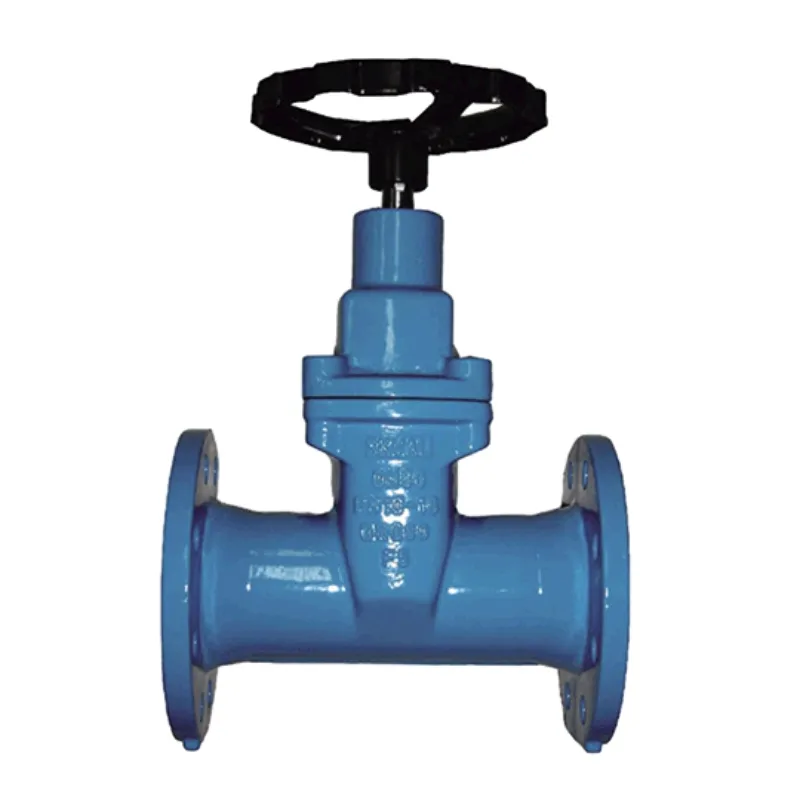Dec . 07, 2024 08:24 Back to list
Understanding the Functionality and Applications of Flap Check Valves in Various Systems
Understanding Flap Check Valves Functionality and Importance
Flap check valves are essential components in fluid management systems, primarily designed to prevent backflow in pipelines. This device plays a crucial role in various industries, including water treatment, oil and gas, and chemical processing, ensuring the efficiency and safety of fluid transport.
What is a Flap Check Valve?
A flap check valve is a type of one-way valve that allows fluid to flow in one direction while preventing backflow. It uses a hinged flap or disc that automatically opens when the fluid flows in the desired direction. However, when there is a reverse flow due to pressure changes, the flap closes under the influence of gravity and fluid dynamics, effectively stopping the backflow. This mechanism helps maintain the system's integrity and prevents contaminant entry or pressure drops that could lead to operational failures.
Design and Functionality
The design of flap check valves typically includes a body, a disc or flap, and a pivot point for the flap's rotation. These valves can be made from various materials, such as stainless steel, plastic, or bronze, depending on the application and fluid type. Their size and configuration must align with the specific pipeline dimensions and flow requirements.
The functionality of flap check valves is highly dependent on several factors 1. Flow Rate The size and weight of the flap must be suitable for the flow rate to ensure reliable operation. 2. Pressure Conditions Flap check valves should be rated for the operational pressure of the system to prevent premature failure. 3. Installation Angle Although typically installed in a vertical position, flap check valves can function in horizontal or inclined setups, given that the orientation conforms to the design specifications.
Benefits of Using Flap Check Valves
1. Prevention of Backflow The primary advantage is the effective prevention of backflow, which can lead to contamination, equipment damage, and loss of operational efficiency. 2. Simplicity and Low Maintenance Flap check valves have relatively simple mechanical designs, which means there are fewer moving parts to wear out, leading to lower maintenance needs compared to other types of check valves.
flap check valve

3. Cost-Effectiveness These valves are often more affordable than other backflow prevention methods due to their simplicity in construction and operational mechanics.
4. Versatile Applications Flap check valves can be used in various systems, including HVAC, fire protection systems, and irrigation systems, showcasing their adaptability across multiple industries.
Installation Considerations
Correct installation is vital for the effective operation of flap check valves. They must be positioned according to the manufacturer's guidelines, ensuring that the flow direction aligns with the valve's design. Additionally, it is essential to consider maintenance access during installation, as periodic inspections are necessary to ensure that the valve remains in good working condition.
Challenges and Limitations
Despite their advantages, flap check valves are not without challenges. They can be susceptible to leakage if debris accumulates, affecting their sealing capability. Furthermore, in applications with low flow rates, the flap may not seat correctly, leading to potential backflow issues. Therefore, engineers and technicians must assess specific application needs and possibly consider alternatives, such as swing check valves or ball check valves, when designing a fluid transport system.
Conclusion
In summary, flap check valves are a pivotal component in maintaining the integrity of fluid systems. With their ability to prevent backflow, ease of maintenance, and versatile applications, these valves are invaluable in various industries. However, understanding the design, installation, and operational limitations is crucial for maximizing their efficacy. As technologies evolve, continued innovation in valve design and materials will likely enhance performance and expand the range of applications for flap check valves, solidifying their importance in fluid management systems.
Share
-
Advanced Technology in Wire and Cable FactoryNewsAug.19,2025
-
Applications of Ball Check Valve in Water Treatment PlantsNewsAug.19,2025
-
How Osy Gate Valve Ensures Leak - Tight SealingNewsAug.19,2025
-
Selection Criteria for Wafer Type Butterfly ValveNewsAug.19,2025
-
Threaded Ball Valve Pressure RatingsNewsAug.19,2025
-
Y Strainer PN16 Cost - Effectiveness AnalysisNewsAug.19,2025


